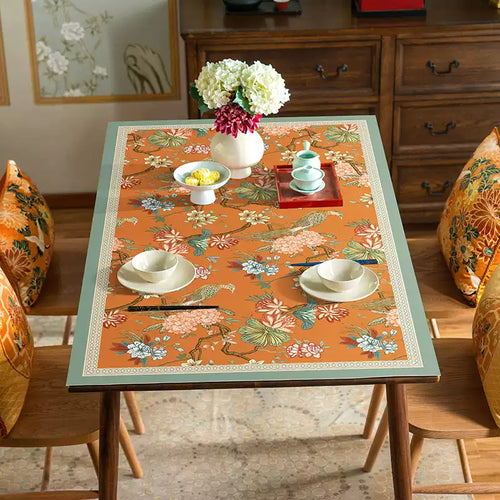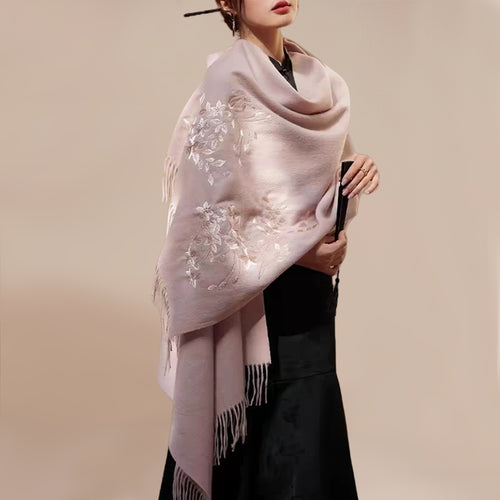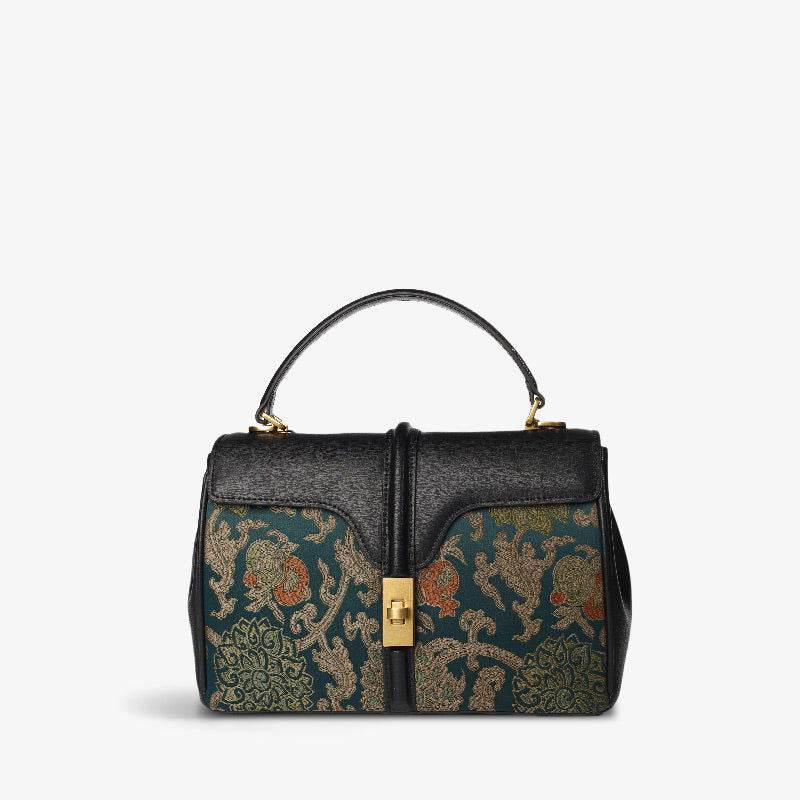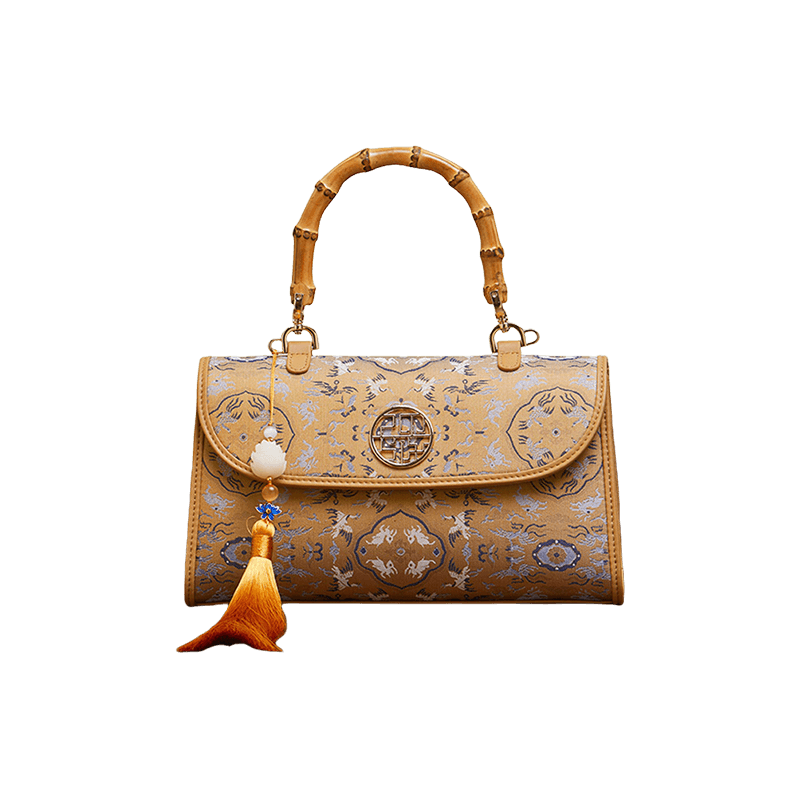"Journey to the West" is a classic Chinese novel by Ming Dynasty writer Wu Cheng'en, blending mythology, religion, and folklore. It follows the Tang Monk, inspired by the real-life Xuanzang, and his three disciples—Sun Wukong, Zhu Bajie, and Sha Wujing—as they embark on a perilous journey to retrieve Buddhist scriptures from the West.
Set against the backdrop of Xuanzang's actual seventeen-year trek from China to India, the novel enriches this historical journey with rich layers of fantasy and myth. The main characters include:
-
Tang Monk: A symbol of faith and compassion, he embodies dedication to Buddhism.
-
Sun Wukong: Known as the Monkey King, his transformative abilities and rebellious spirit make him a key protector of the Tang Monk.
-
Zhu Bajie: Once a heavenly marshal, now a pig due to his faults, he remains loyal and dependable despite his flaws.
-
Sha Wujing: Formerly a heavenly general, he was banished to the mortal realm but proves to be a steadfast and calm member of the team.
The narrative follows their journey, guided by the Bodhisattva Guanyin, through eighty-one trials involving demons and supernatural threats. Their trials underscore their unity and wisdom as they achieve their quest.

The Integration of Traditional Cultural Elements in "Black Myth: Wukong"
Modern adaptations, such as the game "Black Myth: Wukong," have brought "Journey to the West" to new audiences with stunning visuals and innovative gameplay, while embedding deep Chinese cultural elements.
Architectural Elements in the Game
The game faithfully recreates ancient temples from the novel, with a virtual architectural library that includes historical sites like the Dazu Rock Carvings and Lingyin Temple. Developers also drew inspiration from Shanxi’s ancient 彩塑 art, bringing these artistic traditions into the game. The replication of Shanxi's Yuhuang Temple, with its twenty-eight constellations, showcases the rich heritage of Song Dynasty architecture and craftsmanship.
Clothing Elements in the Game
The game’s costumes reflect traditional Chinese designs, such as:
-
Cloud Patterns: Sun Wukong’s attire features cloud and dragon motifs, symbolizing his celestial connections. Similarly, SinoCultural’s bags with cloud motifs represent longevity and health.

-
Peony Patterns: The Spider Queen’s bridal gown showcases peony patterns, symbolizing happiness and prosperity. SinoCultural’s peony-embroidered bags echo this symbolism of good fortune.


- Scale Patterns: Scale designs in the game, reminiscent of fish or dragon scales, suggest good luck. SinoCultural’s dragon scale handbags reflect this auspicious theme.

-
Lotus Patterns: The spider demon’s daughter’s attire includes lotus motifs, symbolizing purity and family harmony. SinoCultural’s lotus-themed bags carry these positive connotations.


Conclusion
"Black Myth: Wukong" revitalizes "Journey to the West" with a blend of fantasy and cultural depth, while SinoCultural integrates these traditional motifs into their modern designs. This fusion bridges ancient traditions with contemporary fashion, allowing players and consumers to experience the unique allure of Chinese culture in both gaming and daily life.

















































